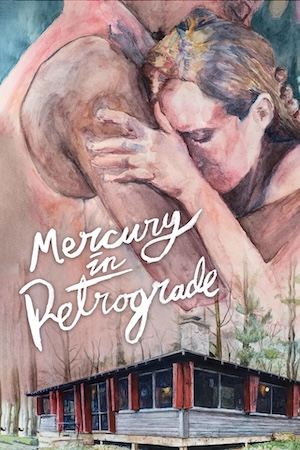Back in June LANTA LANTA June 2025 changes introduced a number of service changes. The most important, to my mind, was the refactoring of the service between the West Ward and College Hill in Easton. The 106 bus was extended through the Downtown up to Forks Plaza (location of a Giant grocery store ), and the frequency was doubled to half-hourly, with every other bus short-turning at Easton Hospital. Folks traveling from the West Ward to College Hill gained a guaranteed half-hourly connection.
No longer. LANTA, like every other transit agency in Pennsylvania, is stuck with rising costs and a flat budget. The state is allowing it (and other agencies) to raid capital funds, but there’s still a gap, leading to service cuts in January and a fare hike in March.
LANTA has a full breakdown of changes posted. Many of these aren’t very significant. One or two frequencies removed, various stops retimed. These are the most significant (I’m looking at weekday changes only):

